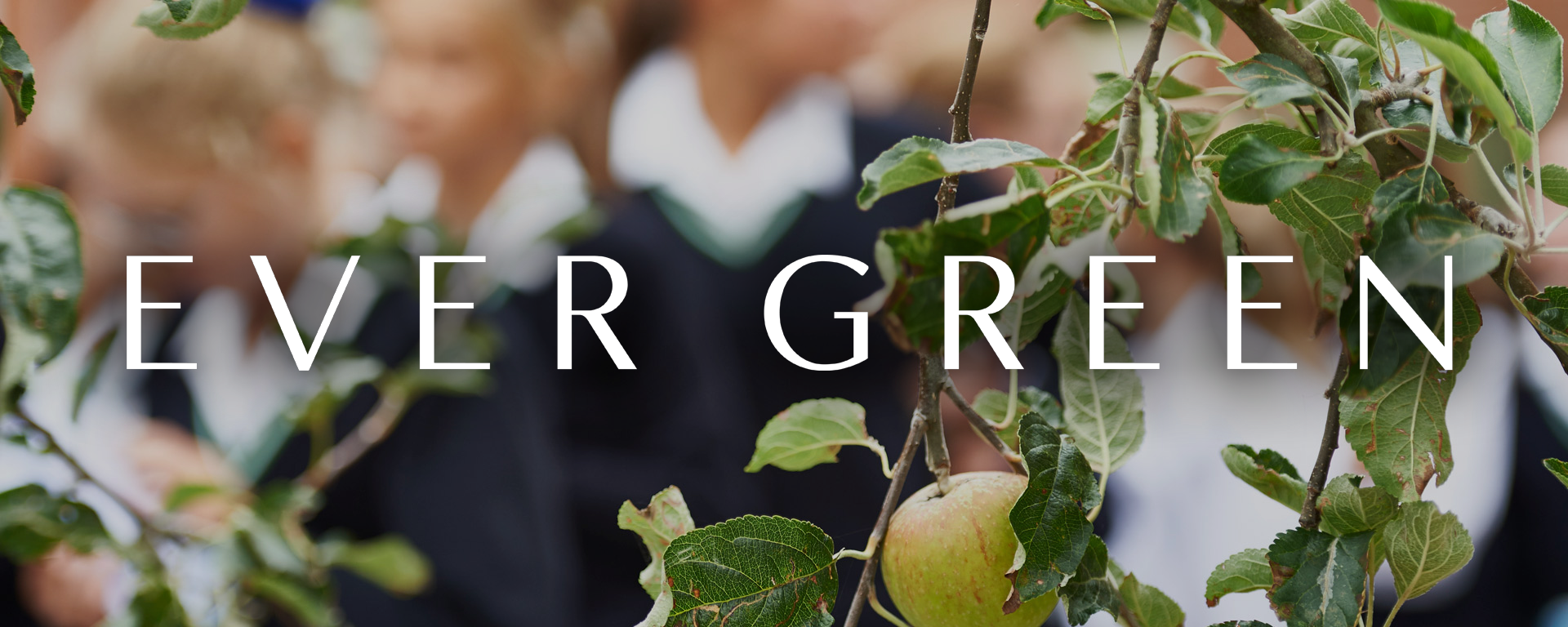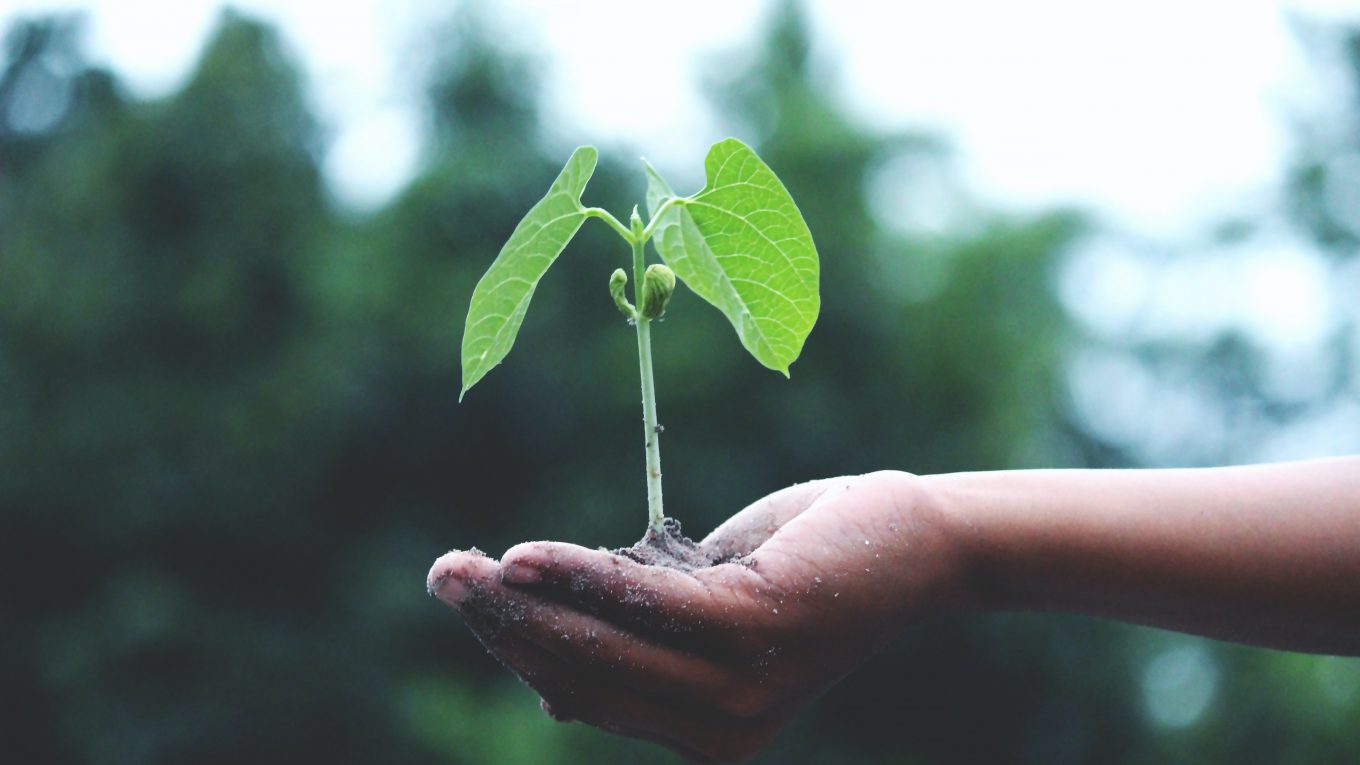Sustainable gardening – One Garden Brighton
A day at Brighton on a scholars’ trip a couple of weeks ago took Anna Slavikova and Sofia Rahman to a garden which has been experimenting with new ways in which to live our lives more sustainably.
One Garden Brighton is, obviously, a garden, situated in the northern area of Brighton. Containing everything from a market to a café, there are so many ways in which the garden works to promote a more sustainable lifestyle which still incorporates some of the things we enjoy.
Want to enjoy a fresh apple pie? All the fruits are grown on-site, in a more efficient, space-saving way; the apple trees are encouraged to grow horizontally, rather than vertically, in an attempt to maximise space. There is also a sun wall which is designed to absorb as much sunlight as possible throughout the day, warming it up and creating a better environment for the plants that grow along it to grow in.
The purpose of our trip to One Garden was to find inspiration in order to design our own sustainable garden while collaborating with Brighton High and even writing a letter to their local MP, Caroline Lucas, on why cities would benefit greatly from an increase in more sustainable green spaces like it. For instance, they provide an opportunity for increased recycling and reducing landfill and plastics in the sea and removing carbon dioxide from the atmosphere. They also encourage people to live sustainably in ways they might not have been aware of before.
Sustainable solutions
In the garden we designed, we included several aspects that would supposedly make it more sustainable than a normal garden we might find at home, whether it was sketching a building made out of solar panels or simply changing the material benches would be manufactured with. One sustainable improvement we incorporated was water conservation; in order to do this we planned on using swales, which are slopes in the ground which would then catch rainwater or snow at a slower rate and remove pollutants and allow storm water infiltration. We also ensured to put water collectors on the sides of a few of the buildings (triangular so the water runs down easily) and so it enters the underground hydroponic system we’d have produced.
What it taught us overall, though, was that the small changes that we’re all always encouraged to make don’t have to be particularly complex. There are so many more ways to become more sustainable besides what we normally hear. And, if you ever go to Brighton, we do recommend a visit to the garden!

